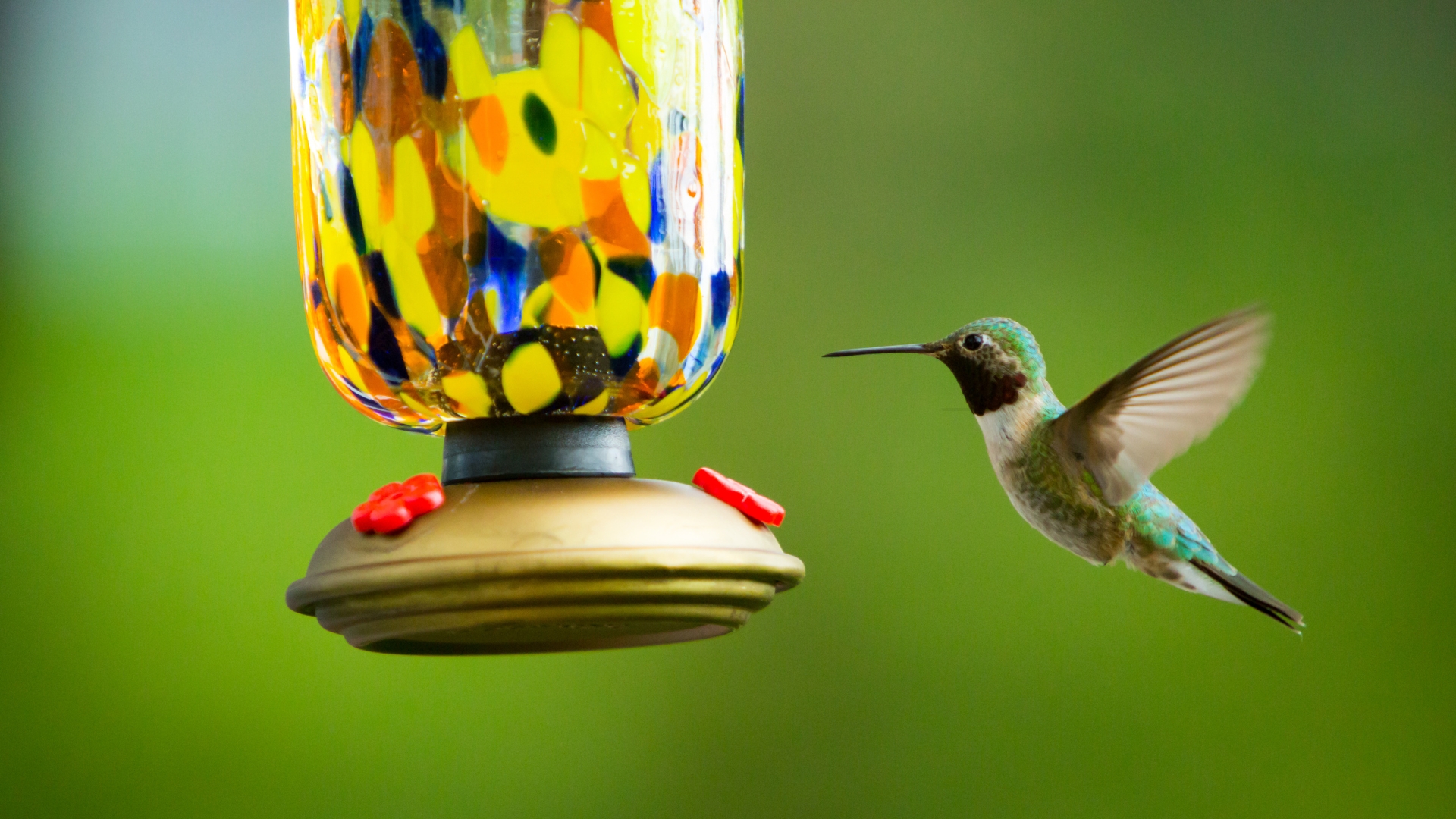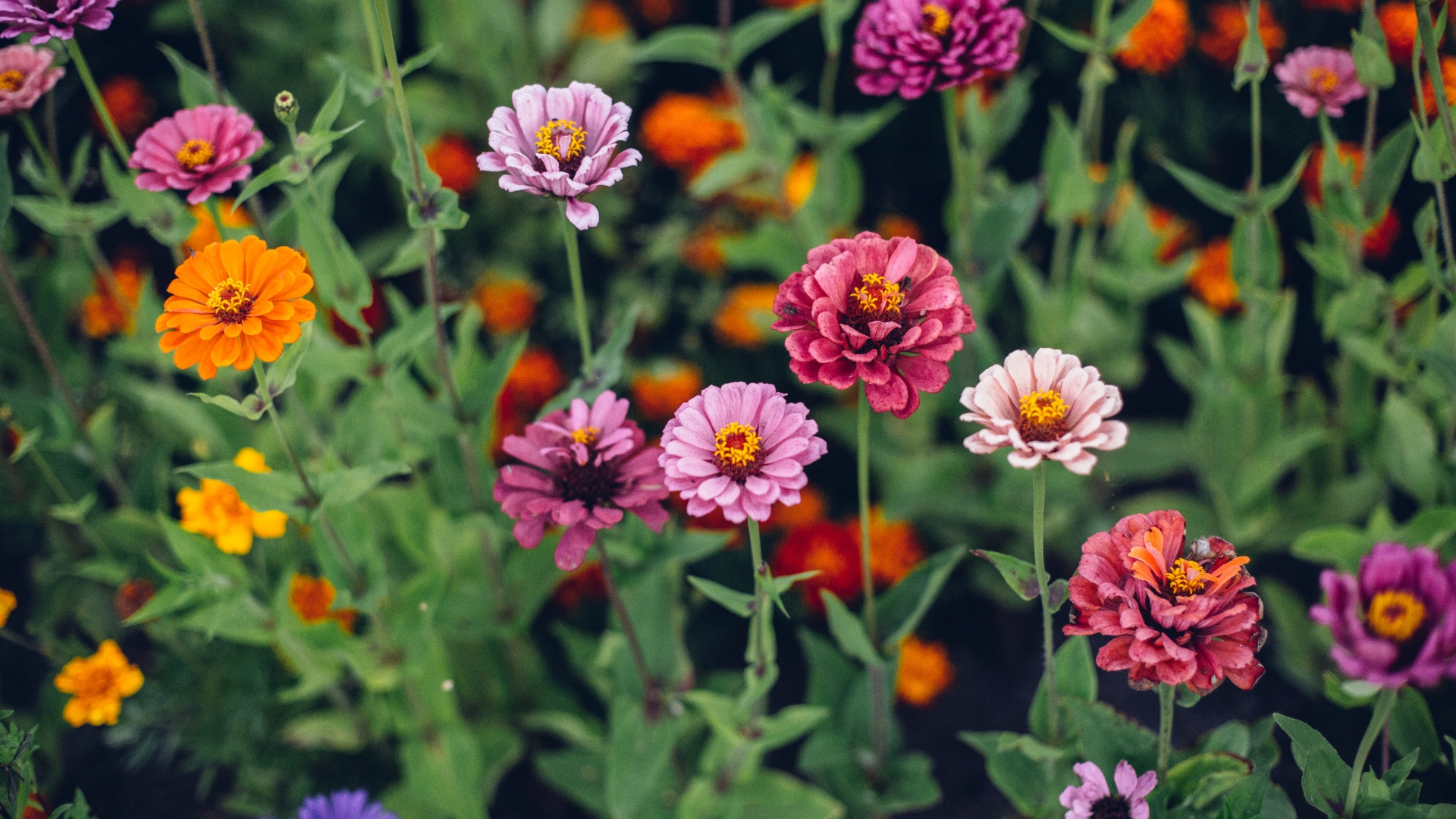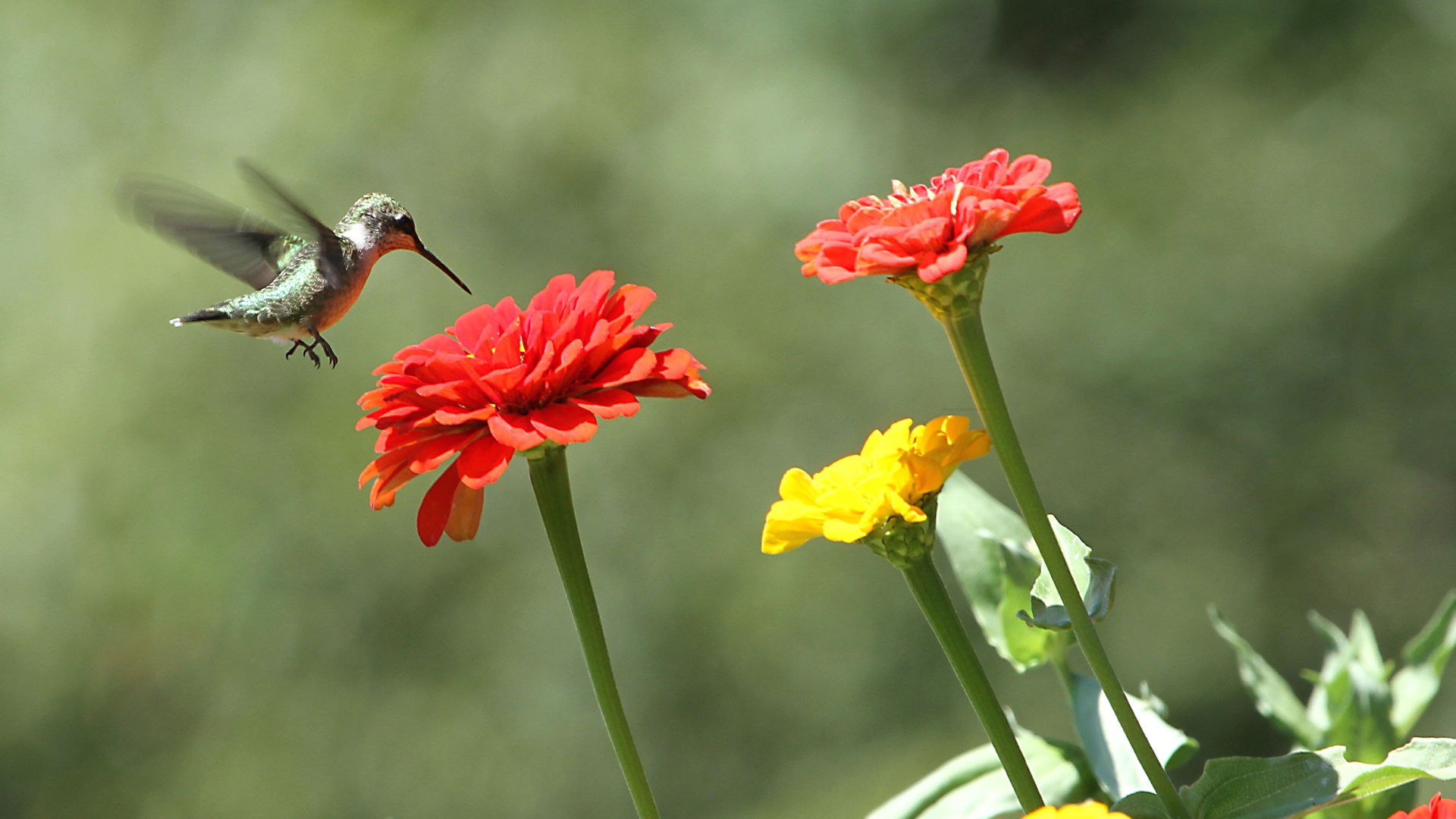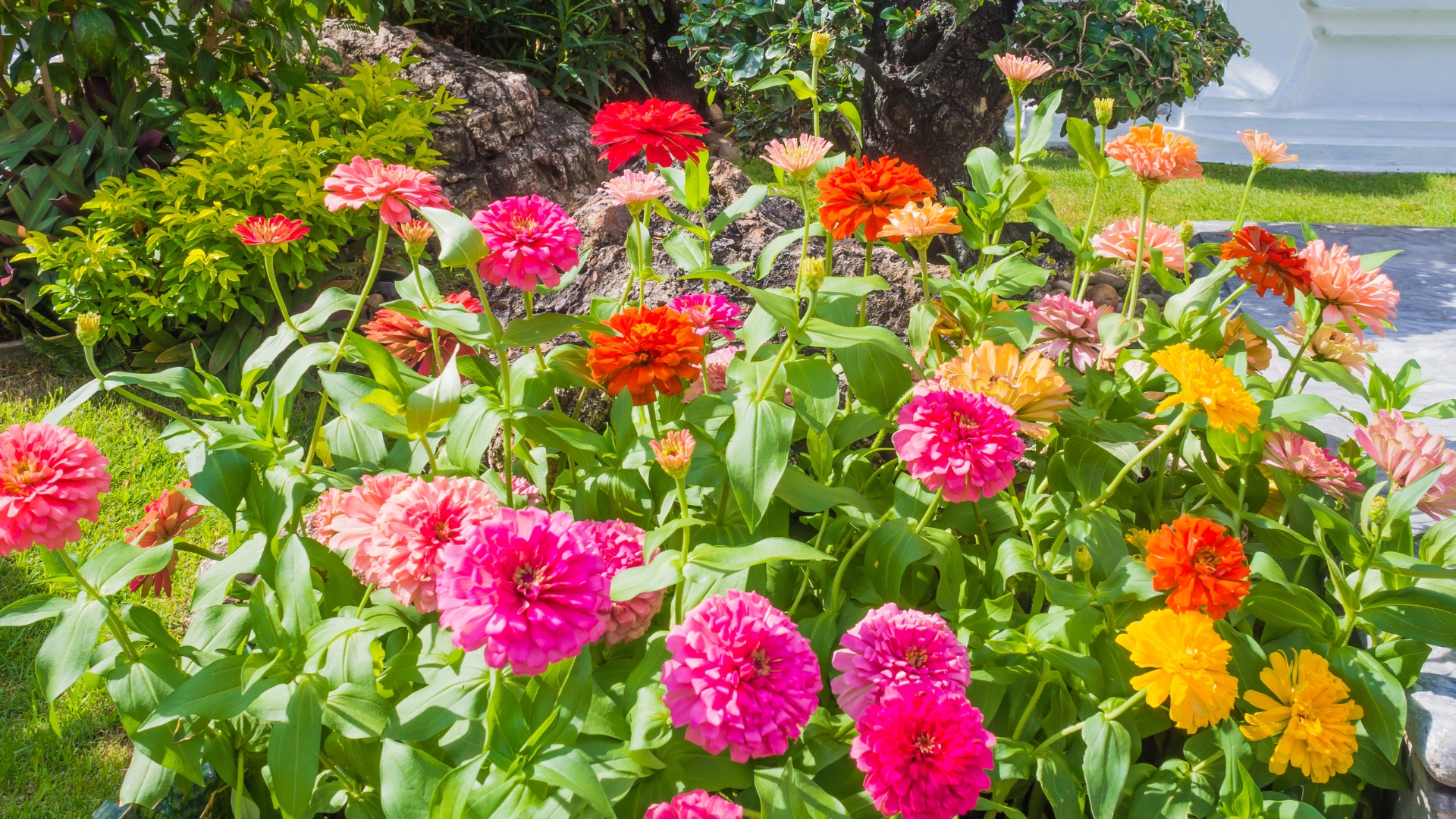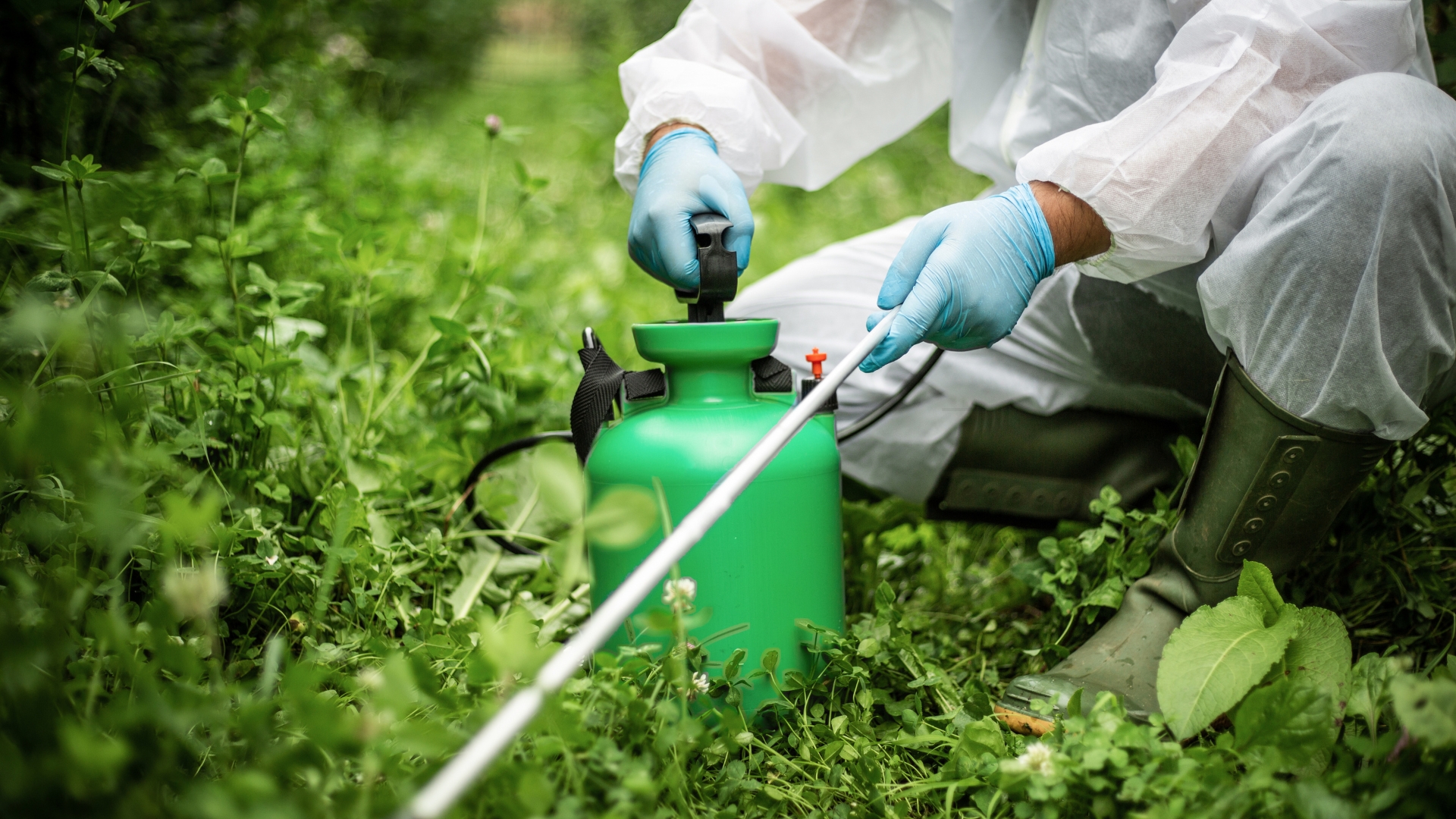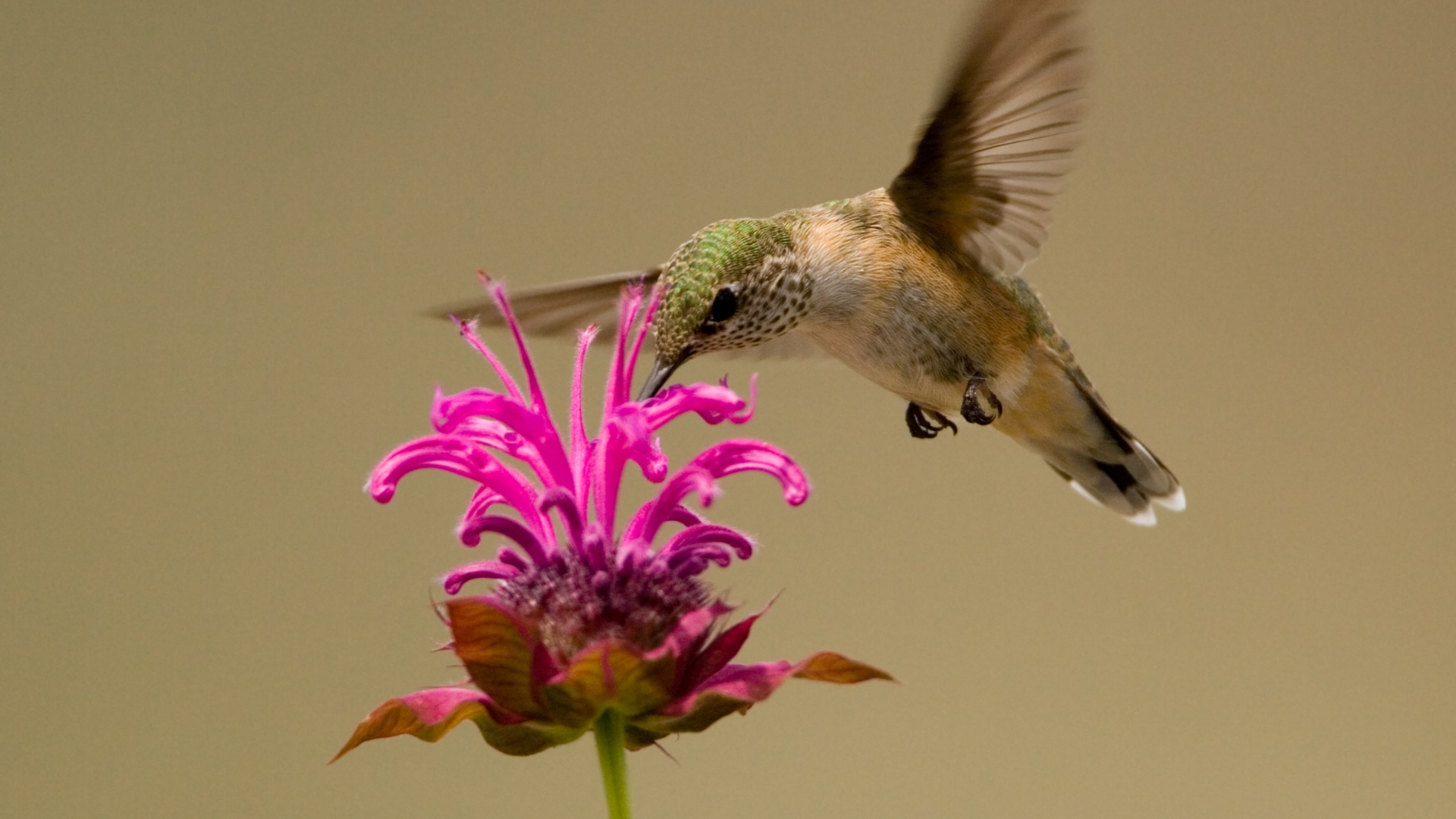If you’ve ever watched a hummingbird zip past your feeder without stopping, you know how frustrating it can be. You fill it with fresh nectar, hang it in the perfect spot, and yet – nothing.
But what if there was a secret weapon to make your feeder irresistible? A certain flower works like a neon sign for hummingbirds, luring them in with a scent and color they can’t ignore.
Once you add this beauty to your setup, they won’t just visit – they’ll practically set up camp!
Hummingbirds Can’t Resist Zinnias!
Few flowers bring as much cheer and charm to a garden as zinnias. These bold, sun-loving blooms hail from the warm climates of Mexico and the southwestern United States, where they’ve been thriving for centuries.
With varieties ranging from petite button-sized blossoms to towering plants over three feet tall, there’s a zinnia for every garden.
Available in almost every color under the sun, these flowers don’t just brighten up a space – they command attention. These plants are also attractive to birds, especially to hummingbirds.
Hummingbirds are tiny but mighty, zipping through the air with hearts that beat over 1,200 times per minute.
To maintain their supercharged metabolism, they need a near-constant source of high-energy nectar, and not just any flower will do. Zinnias, with their bright colors and easy-to-access nectar, act like beacons in the sky, drawing hummingbirds in and keeping them well-fed.
How To Use Zinnias As A Hummingbird Bait?
Zinnias are the perfect way to grab a hummingbird’s attention, but placement is key! Bold colors like red, orange, and pink work best since hummingbirds are naturally drawn to these shades.
Pick a fresh bloom, trim the stem so it fits snugly near the feeder, and position it so that it stands out.
Make sure the flower doesn’t block all feeding ports; leave space so hummingbirds can easily discover the nectar.
Placing the zinnia slightly to one side of the feeder helps guide them to the real prize. Keep the feeder stocked with fresh nectar, and before long, these little fliers will recognize it as a go-to food source, returning again and again!
Grow Your Own Zinnias
Want to keep your hummingbird feeder buzzing with activity? Growing your own zinnias ensures a fresh supply of bright, nectar-filled flowers all season long.
With their long bloom time and easy care, these flowers are a must-have for any hummingbird-friendly garden.
Zinnias flourish in full sun, well-draining soil, and warm weather.
Start them from seeds directly in the ground after the last frost, water them consistently, and pinch off spent blooms to encourage even more growth.
The best part? The more you cut zinnias, the more they bloom – meaning hummingbirds will never run out of reasons to visit!
But Pay Attention To This!
A yard full of vibrant zinnias and darting hummingbirds is the dream, but it can quickly turn into a silent trap if pesticides or chemicals are involved.
These tiny birds are highly sensitive, and even small amounts of toxic sprays can harm or deter them from visiting.
Avoid using pesticides, herbicides, or chemical-laden fertilizers near your zinnias.
Instead, opt for natural pest control, like companion planting or introducing beneficial insects.
Keeping your garden chemical-free ensures hummingbirds find a safe, thriving environment – not one that puts their health at risk.
Don’t Forget To Add These Flowers To Attract Even More Hummingbirds
Zinnias are a fantastic way to bring hummingbirds to your garden, but why stop there? Adding a few extra nectar-packed blooms like bee balm, salvia, and coral honeysuckle will make your feeder an irresistible hummingbird paradise.
These flowers don’t just add color; they offer different nectar sources and bloom at different times, ensuring there’s always something on the menu.
Bee balm is a hummingbird favorite, salvia’s tall spikes provide easy access, and coral honeysuckle brings them buzzing in from miles away.
Hummingbirds can’t resist the right flowers, and now, neither will your feeder! With this natural trick, your garden will be buzzing with tiny, fluttering guests all season long.

